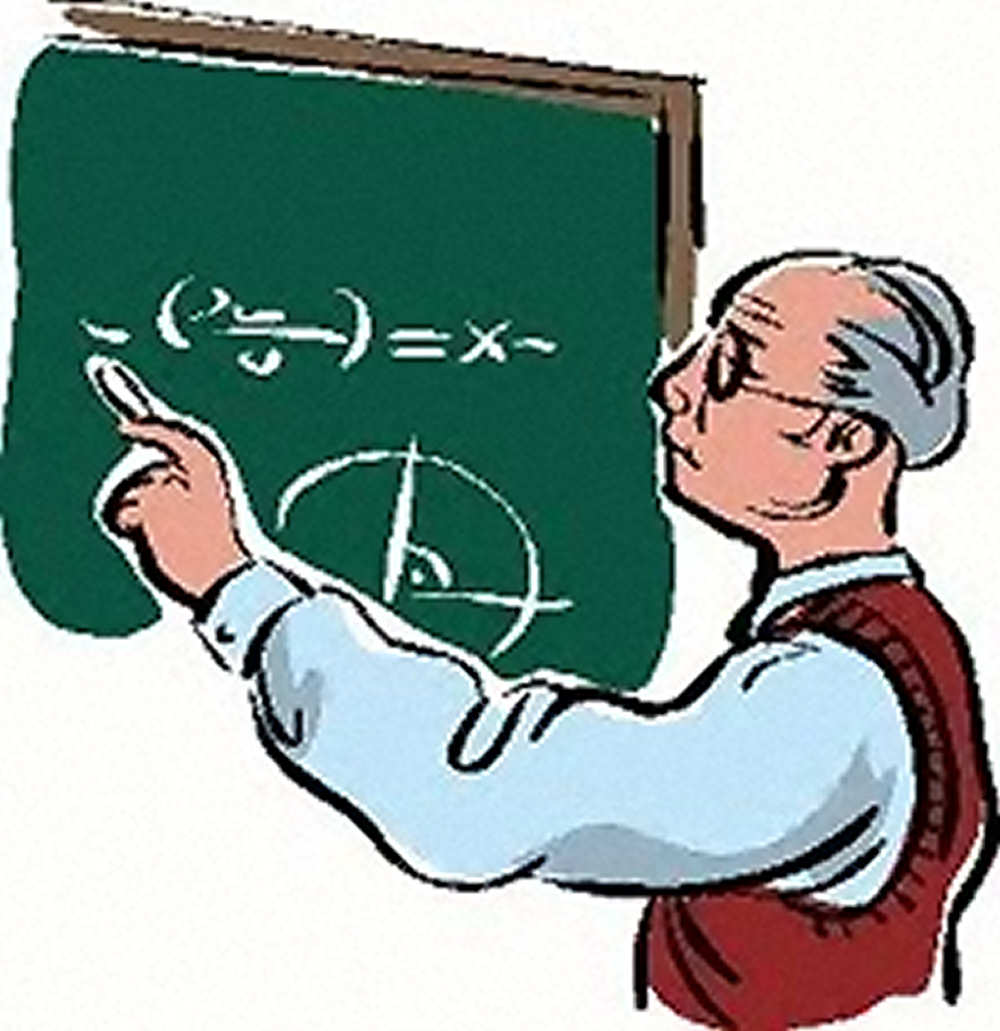Seminars
-
Architectural Photonics: A New Concept for Enhancing Opto-electronic Response in Material (August 6, 2009)
Hosted by Research Center for Applied Sciences, Academia Sinica 2009-8-6 14:00-15:00
In this talk, an architectural photonics, a new concept for enhancing opto-electronic response in material is proposed, which is useful for optical detection and photovoltaic application. First, I will briefly depict a model system of nanostructured material, nc SiQD/mesoporous silica (MS), and the resulting multifunctionality, including polarization switching for nonvolatile memory and high optical response in the visible and NIR regions by using both MOS and MOSFET made by nc SiQD/MS. Then I will show a self assembly scheme, which becomes feasible to prepare an artificial crystal of nanoparticles with strong interparticle coupling. I finally conclude opportunities with the new concept waiting to be explored for a variety of applications from optical detection to PV.
-
Some Recent Advances in Spectroscopy beyond Conventional Spectral Intensity Measurement (March 23-24, 2008)
Workshop on Spectroscopic Investigations of Structure and Dynamics of Biomolecules, Hosted by Thematic Center of Mechanics and Engineering Sciences, Research Center for Applied Sciences, Academia Sinica 2008-3-23 8:45:00-9:45:00
In this talk, some recent advances in spectroscopy will be discussed: First, a maximum-entropy phase-retrieval procedure is applied to analyze sum-frequency vibrational spectra and important characteristics of the vibration-enhanced nonlinear optical susceptibility are revealed. Then I will describe some application results of time-resolved two-dimensional infrared absorption correlation on ferroelectric liquid crystal (FLC) with and without doping with zinc oxide nanoparticles (nc-ZnO). The homogeneous dispersion of nc-ZnO is shown to produce stronger correlations among the IR-active molecular normal modes of FLC molecules, which then leads to more concerted reorientation process at the sub-molecular level. Finally, I will show active spectroscopy based on adaptively controlled femtosecond pulse shaping to be valuable for not only enabling us to guide the evolution of a complex system but also to deduce the detailed dynamic mechanism from the optimal laser field used. The active spectroscopic technique can also be used to selectively excite one type of probe molecule while leave the others in their ground state. Contrast enhancement and functional imaging of samples labeled with environment-sensitive probes can therefore be realized.
-
From nanometers to femtoseconds: the impact on optical science (December 7, 2007)
Institute of Photonic Science and Engineering, NCKU seminar 2007-12-7 13:30:00
-
Improving the Alignment and Application Properties of Liquid Crystals (March 16, 2007)
Annual Report for 2007
Several methods have been developed for improving the molecular alignment and application properties of liquid crystals. The order parameter of LPUV exposed polymeric film was shown to transfer onto a liquid crystal polymer (LCP) film (with thickness less than 100 nm) deposited on the LPUV-defined polymeric surface. The combined layer structures can be useful to improve the alignment quality of a LC cell. A simple surface chemical reaction of polyvinyl alcohol (PVA) and alkyl carboxilic acid was shown to be alble to increase the LC pretilt angle on a rubbed PVA film. Alkyl chain length and reaction time are two adjusting parameters to allow us to achieve accurate control of LC pretilt. By combining methods 1 and 2 we are expecting to fabricate a LC cell with bistable operation mode for energy saving purpose. For the third scheme to improving LC properties, we reported that doping SSFLC with nc-ZnO resulted in a more ordered structure of alkyl chains and more organized field-induced reorientation of sub molecular segments. Doping with nc-ZnO produces a molecular binding action that leads to IR dipoles of FLC reorienting in more unison way with smaller angular spreads. The binding effect also simplifies the CV characteristics of the FLC and yields a factor of 2.5 improvement in the optical transmittance of nc-ZnO-doped SSFLC. We proposed the observed molecular binding effect to originate from the dipole interaction of a ZnO nano dot with surrounding C=O groups of FLC molecules, which causes the C=O groups to react more rapidly to an applied electric field. The doping method with semiconductor nanocrystals opens up an effective way to yield promising new FLC materials from existing FLC compounds.
-
Molecular Binding Effect from a Doping of ZnO Nanocrystals in Surface Stabilized Ferroelectric Liquid Crystal (December 22, 2006)
Taiwan Liquid Crystal Society Conference 2006
We discovered that doping SSFLC with nc-ZnO resulted in a more ordered structure of alkyl chains and more organized field-induced reorientation of sub molecular segments. Doping with nc-ZnO produces a molecular binding action that leads to IR dipoles of FLC reorienting in more unison way with smaller angular spreads. The binding effect also simplifies the CV characteristics of the FLC and yields a factor of 2.5 improvement in the optical transmittance of nc-ZnO-doped SSFLC. We proposed the observed molecular binding effect to originate from the dipole interaction of a ZnO nano dot with surrounding C=O groups of FLC molecules, which causes the C=O groups to react more rapidly to an applied electric field. The doping method with semiconductor nanocrystals opens up an effective way to yield promising new FLC materials from existing FLC compounds.
-
Freezing phase scheme for complete-field characterization and coherent control of femtosecond optical pulses (July 2005)
CLEO2005/IQEC 2005-07-15
A freezing phase concept has been proposed for adaptive coherent control with a femtosecond pulse shaper. We applied the scheme to investigate multiphoton processes in InAs quantum dot saturable Bragg reflector (SBR). The optical transition of InAs quantum dots can be revealed in the spectral phase sensitivity plot of second harmonic signal. We also achieved a three-time increase in image contrast on regions with photoluminescent wavelength differing only 18 nm by using coherent control nonlinear optical microscopy. Our results suggest the new freezing phase scheme to be useful for various investigations which require fast and reliable complete-field characterization and coherent control on one setup.
-
Probing into the Molecular World with Light (Mar 2005)
Photonics Forum seminar 2005-03-15 14:00:00
|



 WEB
WEB PDF
PDF Slides
Slides
 Abstract
Abstract

